The Lunar Calendar’s Enduring Affect: Timekeeping Traditions Throughout Asia
The Lunar Calendar’s Enduring Affect: Timekeeping Traditions Throughout Asia
Associated Articles: The Lunar Calendar’s Enduring Affect: Timekeeping Traditions Throughout Asia
Introduction
With nice pleasure, we’ll discover the intriguing matter associated to The Lunar Calendar’s Enduring Affect: Timekeeping Traditions Throughout Asia. Let’s weave fascinating info and provide recent views to the readers.
Desk of Content material
The Lunar Calendar’s Enduring Affect: Timekeeping Traditions Throughout Asia
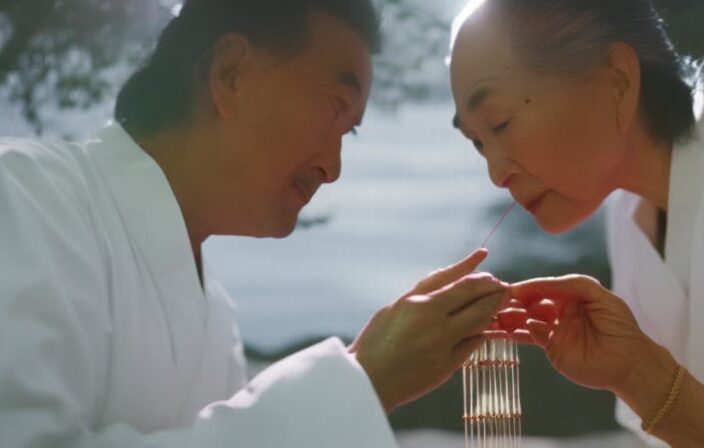
Asia, a continent of immense range, boasts a wealthy tapestry of cultures and traditions. One thread that subtly but powerfully weaves by many of those various societies is the lunar calendar, a system of timekeeping deeply rooted in astronomical statement and agricultural cycles. Whereas the Gregorian calendar, a photo voltaic calendar, has gained world prominence because the worldwide commonplace, quite a few Asian nations proceed to watch and make the most of the lunisolar calendar, or variations thereof, for vital cultural, non secular, and social occasions. This enduring affect underscores the calendar’s significance not merely as a timekeeping mechanism, however as an important element of Asian cultural identification.
The lunar calendar, in contrast to the Gregorian calendar which tracks the Earth’s revolution across the solar, bases its months on the cycles of the moon. A lunar month, roughly 29.5 days lengthy, corresponds to the time it takes the moon to finish one orbit across the Earth. This ends in a calendar 12 months of roughly 354 days, roughly 11 days shorter than the photo voltaic 12 months. To reconcile this discrepancy, most lunisolar calendars incorporate intercalary months – an additional month added periodically to keep up alignment with the seasons. The precise guidelines for intercalation differ throughout totally different traditions, resulting in slight variations within the calendar’s construction throughout Asia.
Essentially the most broadly used lunisolar calendar in Asia is the Chinese language calendar, also known as the lunisolar calendar, though this time period is a simplification. This calendar, with its wealthy historical past courting again millennia, serves as the inspiration for comparable calendars utilized in many East and Southeast Asian nations. Its affect extends past easy datekeeping; it dictates the timing of main festivals, agricultural practices, and even astrological predictions. The Chinese language New Yr, or Spring Competition, arguably essentially the most vital vacation in lots of East and Southeast Asian nations, is decided by the lunar calendar. This vibrant celebration marks the start of a brand new 12 months based on the lunisolar cycle and is noticed with elaborate festivities, household reunions, and conventional customs.
In China, the lunar calendar’s significance is deeply entrenched within the cultural material. Past the Spring Competition, quite a few different vital festivals and holidays, such because the Mid-Autumn Competition (celebrating the harvest moon), the Dragon Boat Competition (commemorating the poet Qu Yuan), and the Lantern Competition, are all tied to particular dates throughout the lunar calendar. Even conventional Chinese language drugs and feng shui, the artwork of placement and association, make the most of the lunar calendar’s cycles to information their practices. Whereas the Gregorian calendar is used for official functions, the lunar calendar maintains its paramount function in shaping the rhythm of day by day life for a lot of Chinese language folks.
Vietnam, a rustic with a historical past closely influenced by China, additionally follows the lunisolar calendar for its most vital festivals. Tết Nguyên Đán, the Vietnamese New Yr, is a interval of nationwide celebration mirroring the Chinese language Spring Competition in its spirit and festivities. Different vital Vietnamese holidays, such because the Mid-Autumn Competition (Tết Trung Thu) and the Hungry Ghost Competition (Tết Vu Lan), are additionally decided by the lunar calendar. The Vietnamese calendar, whereas much like the Chinese language calendar, possesses distinctive options reflecting the nation’s distinct cultural identification.
Korea additionally makes use of a lunisolar calendar, though its utilization is probably much less distinguished in on a regular basis life than in China or Vietnam. Seollal (Korean Lunar New Yr) is a significant vacation, with traditions and customs carefully resembling these of the Chinese language and Vietnamese New Yr celebrations. Chuseok (Korean Thanksgiving), one other vital harvest competition, can also be decided by the lunar calendar. Whereas the Gregorian calendar is used for administrative functions, the lunar calendar continues to carry cultural and non secular significance for a lot of Koreans.
In nations of Southeast Asia, the affect of the lunar calendar varies significantly. In Thailand, the standard Thai lunar calendar, whereas much less prevalent in day by day life than the Gregorian calendar, stays vital for non secular and cultural occasions. The Songkran competition, the Thai New Yr, is well known in April, a date influenced by the lunar calendar’s timing. Equally, different festivals and non secular observances in Thailand typically align with the lunar calendar’s cycles.
Laos, one other Southeast Asian nation, shares an identical sample. Boun That Luang, a significant Laotian Buddhist competition, is well known based on the lunar calendar. This competition, showcasing the nation’s wealthy Buddhist heritage, underscores the calendar’s continued relevance in non secular contexts. The identical might be stated for Cambodia, the place varied non secular ceremonies and festivals related to Buddhism and different native traditions are sometimes timed based on the lunar calendar.
Whereas the Gregorian calendar has grow to be the dominant system for official enterprise and administrative functions throughout a lot of Asia, the lunar calendar’s continued utilization highlights its deep cultural and historic significance. It is not merely a system of measuring time, however a robust image connecting folks to their ancestors, their traditions, and the pure rhythms of the world round them. The persistence of lunar calendar traditions underscores the enduring energy of cultural heritage and the advanced interaction between custom and modernity within the Asian context.
The variations within the implementation and use of the lunisolar calendar throughout totally different Asian nations replicate the distinctive cultural and historic trajectories of every nation. The precise guidelines for intercalation, the emphasis positioned on totally different festivals, and the diploma of integration into day by day life all differ, demonstrating the adaptability and resilience of the calendar system inside various cultural landscapes. The lunar calendar, subsequently, will not be a monolithic entity, however a household of associated calendars, every with its personal distinct character and significance.
The way forward for the lunar calendar in Asia is prone to stay a dynamic interaction between custom and modernity. Whereas the Gregorian calendar’s dominance for administrative functions is unlikely to vary, the lunar calendar’s enduring cultural significance ensures its continued presence within the lives of many Asians. Its continued use in marking vital festivals and non secular occasions will seemingly safeguard its relevance for generations to come back, serving as a robust reminder of the wealthy and multifaceted cultural heritage of Asia. The lunisolar calendar, subsequently, stays not only a calendar, however a residing testomony to the enduring energy of custom in a quickly altering world.


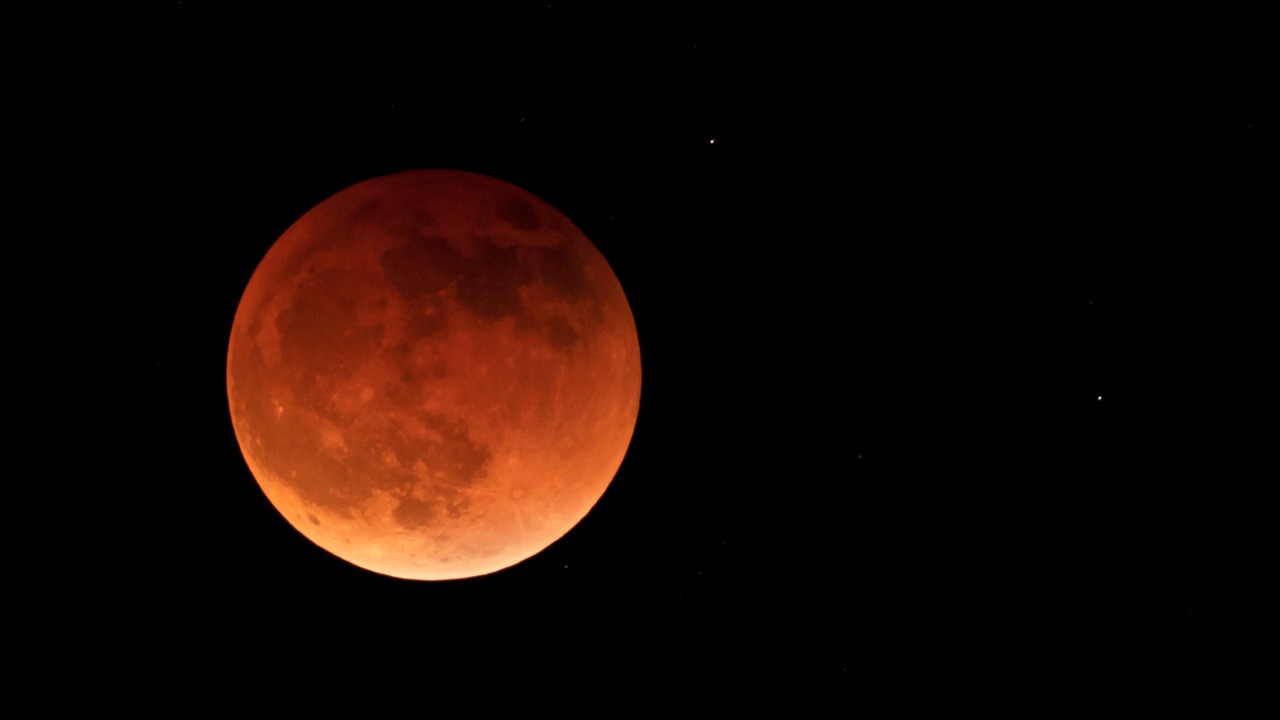
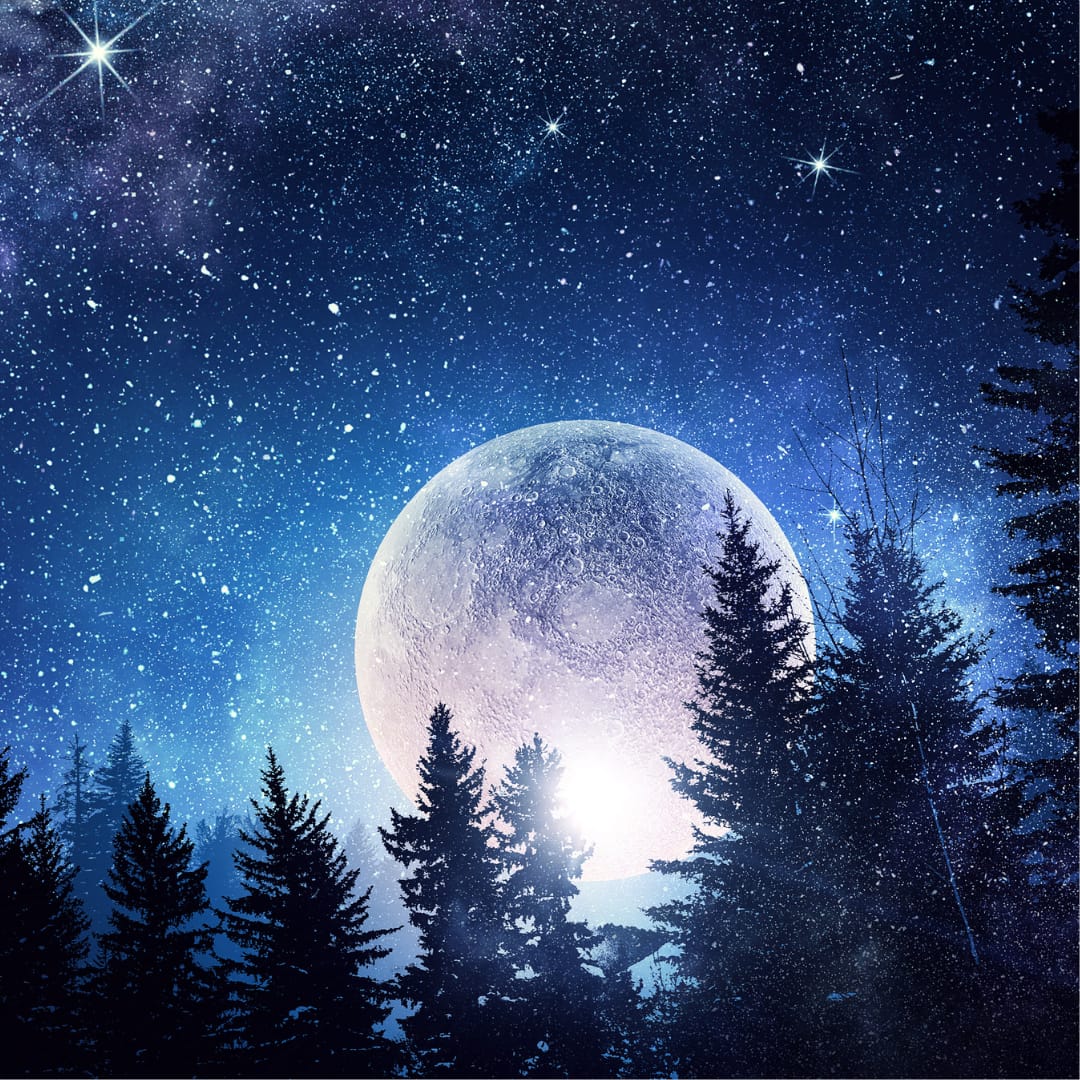
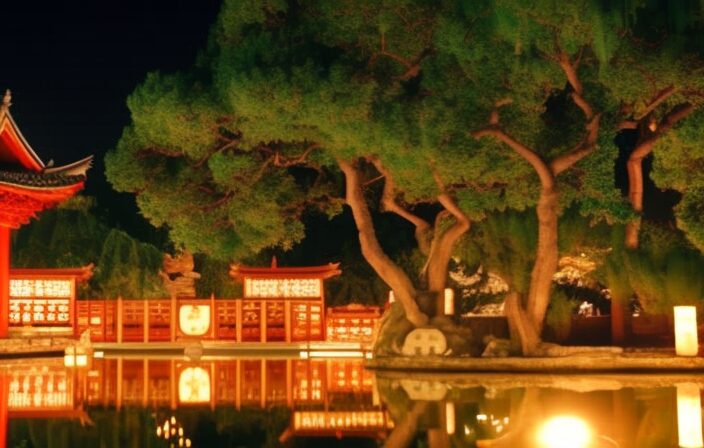


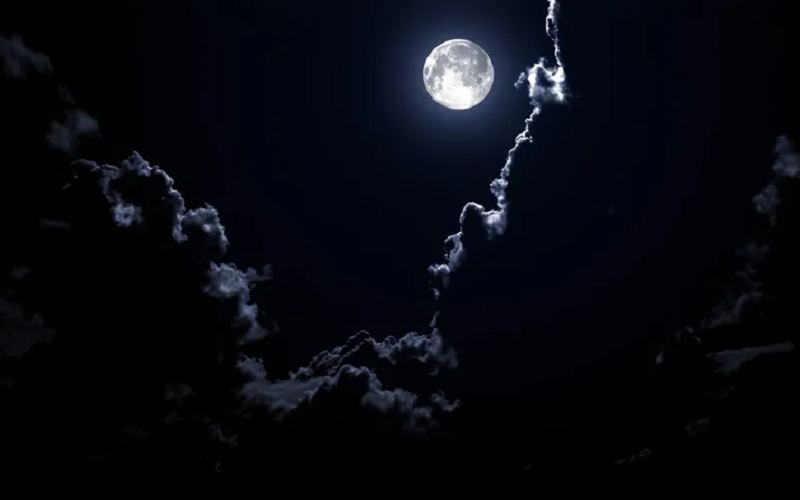
Closure
Thus, we hope this text has supplied helpful insights into The Lunar Calendar’s Enduring Affect: Timekeeping Traditions Throughout Asia. We hope you discover this text informative and helpful. See you in our subsequent article!